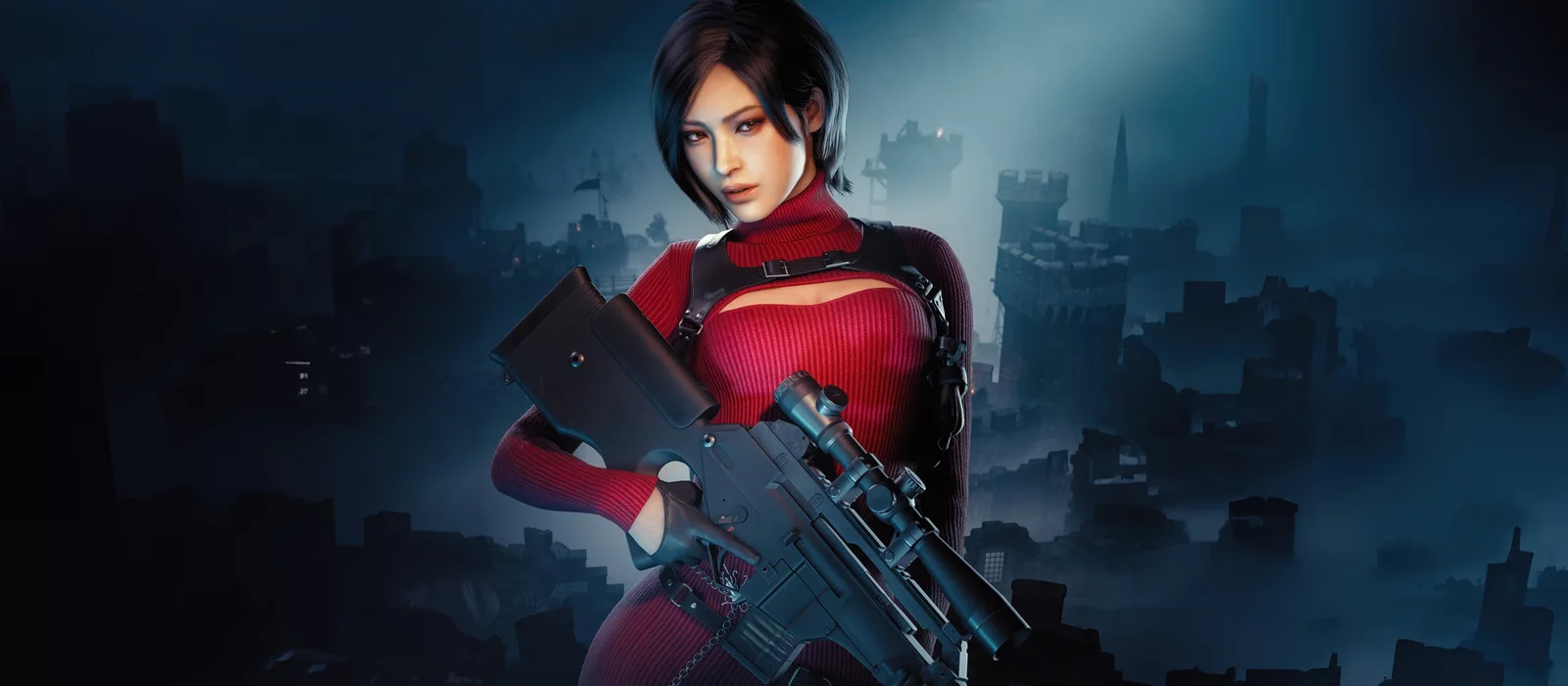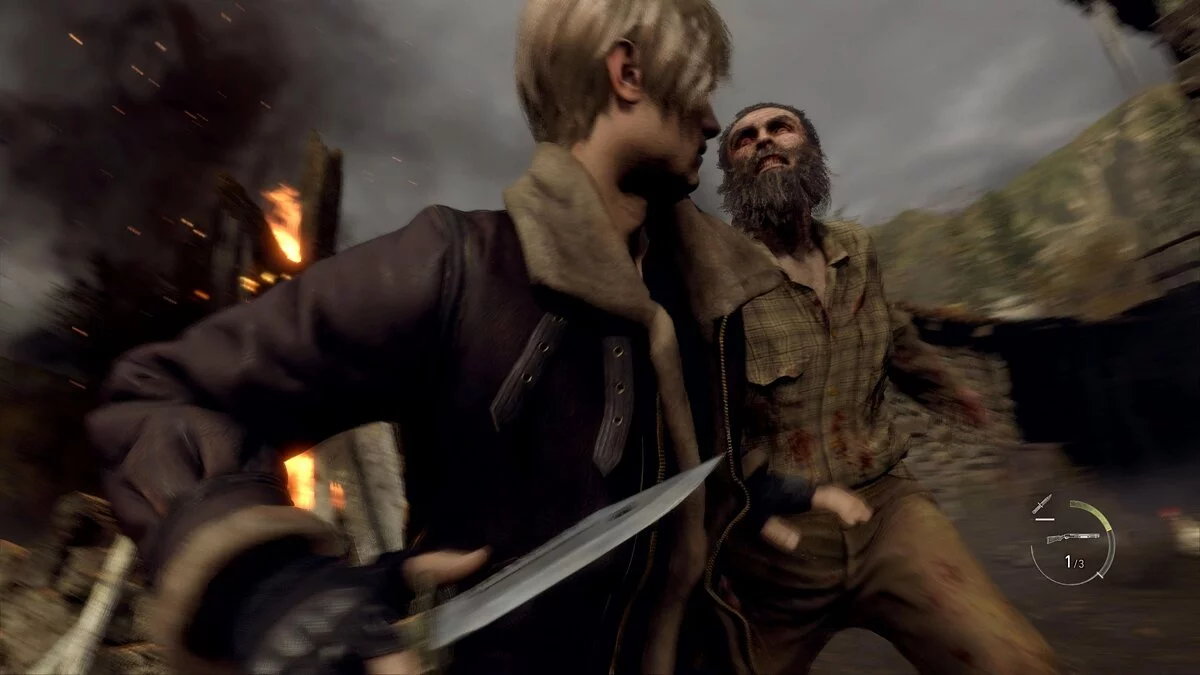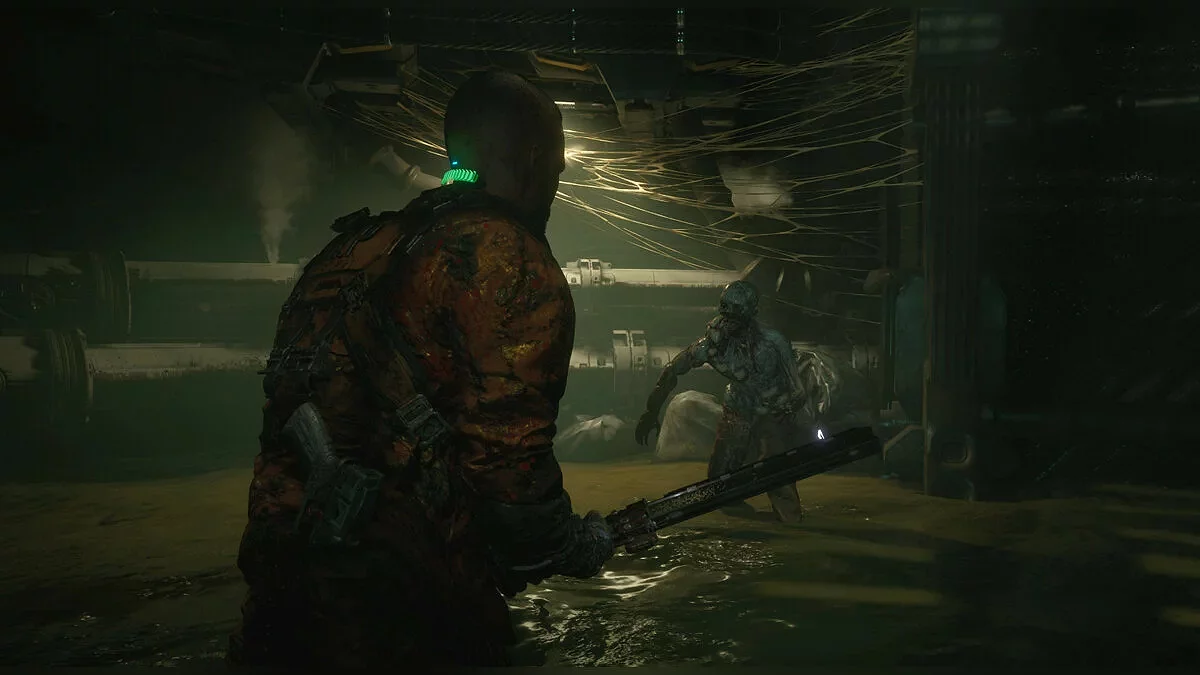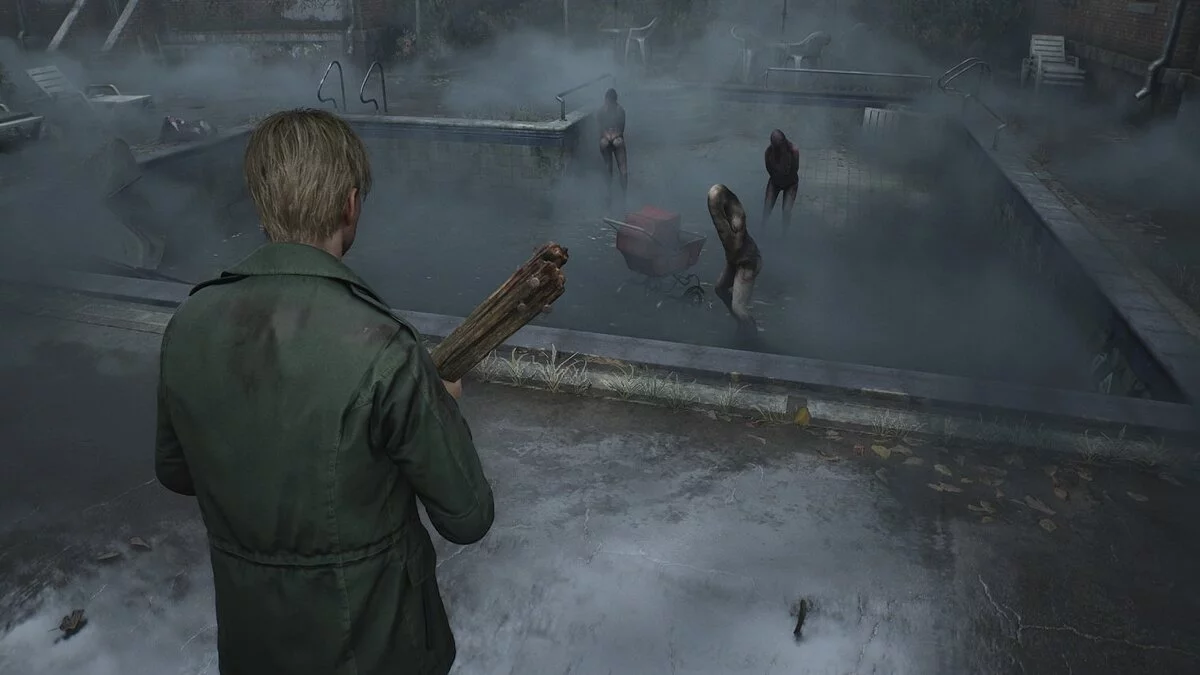Opinion: What Resident Evil Could Learn from Its Competitors

It seems like once every decade, Resident Evil drastically changes its formula. After the horror-driven installments with fixed cameras, the franchise transitioned into third-person action games. Then, it partially returned to its roots with a first-person perspective. The series is constantly evolving, and it’s entirely possible that the next stage of its evolution is just around the corner. In this article, we’ll explore which mechanics and ideas Capcom could implement in future Resident Evil games to refresh the gameplay. Many of these elements already exist in projects from other studios.
A Full-fledged Melee Combat System
Of course, almost every Resident Evil game has some form of melee combat. However, it primarily serves as a backup system rather than a viable means of eliminating enemies. The knife, for instance, is mostly a finishing tool — used when a zombie is already on the ground after taking a shotgun blast to the chest.
Additionally, in certain games like the remake of the first installment, melee weapons such as knives or stun guns function as one-time insurance. If a zombie grabs the protagonist, they can use a melee weapon to break free before taking damage.
While melee weapons already have value in Resident Evil, turning them into a powerful alternative to firearms is an idea Capcom should experiment with.
A great example is The Callisto Protocol — or rather, the idea behind it. Designer Glen Schofield firmly believes that melee combat is crucial for horror games because it heightens the sense of panic during encounters with monsters. Shooting a terrifying creature from a safe distance is one thing, but fighting it up close is a completely different experience. There’s logic in that, although in The Callisto Protocol, the execution left much to be desired.
However, both installments of The Last of Us — and especially the recent Silent Hill 2 remake — successfully integrate melee combat into gameplay. In SH2, a rusty pipe is just as important as a pistol or shotgun. It’s surprisingly fun to swing because the combat system demands player engagement. Instead of mindlessly mashing the attack button, players must time their strikes between enemy combos and dodge counterattacks.
Such a combat system would fit well into Resident Evil. In fact, the franchise is already moving in this direction: in the recent Resident Evil 4 remake, players can parry enemy attacks with a knife. Who knows — Capcom might expand on this mechanic in the next game.
What melee combat system would you like to see in Resident Evil?
More Freedom
In Resident Evil, players spend a significant amount of time searching for keys to unlock doors and access valuable resources. This process is engaging, thanks to the intricate level design — players never know exactly where the next key might be hidden.
However, gameplay could be significantly improved by offering multiple ways to enter the same locked area. To better illustrate this, let’s look at the innovative Amnesia: The Bunker.
The latest installment in the Amnesia series is both a survival horror and an immersive sim. These genres blend surprisingly well, yet few games attempt this combination. The essence of an immersive sim is player freedom — it encourages creative problem-solving rather than rigidly scripted gameplay.
In Amnesia: The Bunker, most rooms can be accessed through multiple methods. Finding a key or password is just one option, not a requirement. A wooden door, for example, can be blown up with a grenade or powder barrel instead of wasting precious ammo. Alternatively, players can shoot it open with a shotgun or throw a heavy object, like a brick. Sometimes, it’s even better to find an alternate entrance — such as a ventilation duct.
After Amnesia: The Bunker, traditional horror games feel restrictive. Hopefully, the developers of Resident Evil have taken note of Frictional Games’ masterpiece and its strengths.
A Nonlinear Structure
Before the release of Resident Evil Village, fans speculated about the game’s segmented map. Some players mistakenly believed that Capcom was introducing a small open world with a nonlinear structure. In reality, Village follows a strict progression path that cannot be altered: first, players explore Castle Dimitrescu, then House Beneviento, followed by Moreau’s Reservoir, and finally, Heisenberg’s Factory.
If rumors about Resident Evil 9 featuring a true open world are accurate, its structure will need a major overhaul. The best inspiration would be The Legend of Zelda: Breath of the Wild or Elden Ring. In these games, players can tackle key areas in any order, and the story adapts accordingly. This approach would not only enhance the potential of an open world but also improve replayability — one of the franchise’s strongest aspects.
***
To conclude, this article does not claim that Resident Evil games are inferior to their competitors. On the contrary, many developers could learn from Capcom’s ability to craft outstanding horror experiences that sell millions of copies. However, even a nearly perfect formula should continue evolving — and incorporating successful ideas from other titles is a great way to achieve that.
What do you think? What features would you like to see in future Resident Evil games? Share your thoughts in the comments.
Should Capcom make Resident Evil games less linear?






